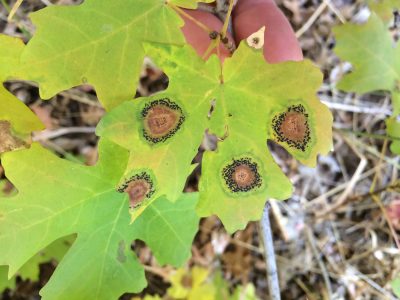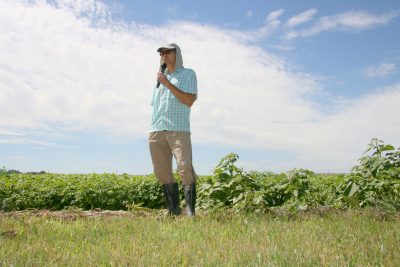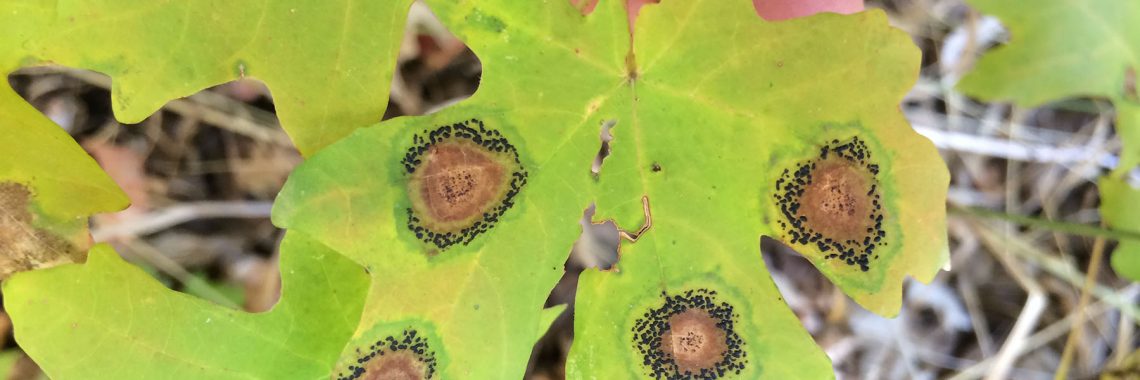
Picasso probably couldn’t diagnose powdery mildew but plant diagnostic students at the University of Wyoming could probably dissect a Picasso.
That’s because plant pathologist William Stump has directed past students to the UW Art Museum as part of a deep looking exercise to hone observational skills.
That facility is closed due to COVID-19 and students aren’t on campus anyway – so Stump’s requirement this semester for his 19 undergraduate and graduate students to virtually visit the Metropolitan Museum of Art in New York City and the Art Institute of Chicago further implements the university’s mandate to switch all classes and labs online the remainder of the semester.
Called deep looking, Stump drew inspiration for the activity from plant sciences department colleague Randa Jabbour, who had used the art museum as a deep looking exercise for her students.
Stump, an assistant professor in the department, was impressed with the results.
“These deep looking exercises are done in a lot of curriculum,” he said. “Even some medical schools use this, a little bit of art appreciation training for students.”

Those who go through the training score better on direct observational skills than those who don’t.
Keen observational skills aid plant disease diagnostics. Stump gives students affected plants and challenges students to determine the disease or cause. They can use books, online information and information he provides.
“It’s been one of the more popular labs for class,” he said. “I’m pleasantly surprised at how well these kids do this. They really take it to heart.”
Stump drew upon his own art affection to develop the cross-discipline activity. He received a bachelor’s in fine arts degree between earning his master’s degree and doctorate. He has produced Christmas cards for years and uses them to demonstrate to students how to closely examine art. He also tells them what he was trying to convey.
“A lot of art is communication,” he said. “A lot of people don’t get that.”
He requires students to describe the piece they select, what it meant to them and what the artist is trying to convey. He also assigns a word list for students.
“I want the kids to jumpstart their observational skills before they jump into plant diagnostics,” he said. “What better way than to work with art? I think a lot of them enjoy it. Many of the kids in the school of agriculture have never been to the UW Art Museum. ”
The exercise also helps augment their writing skills. This semester, students were to select an art piece at either the New York or Chicago art museums. He’s only had a few assignments turned in and is waiting for the others but said the art selections chosen so far could be telling of what students are feeling about their college careers in the whirl of COVID-19.
One was a man in manacles forlornly looking upward, another was a woman whose reading was interrupted by something and is looking off into the distance. Another was two men contemplating the moon, the artist infusing a feeling of hope for the future in the midst of gloomy or uncertain times.
Students will return after the deep looking, online exercise to Stump’s required diagnostic lab work – virtually.





